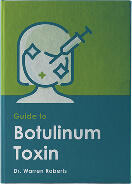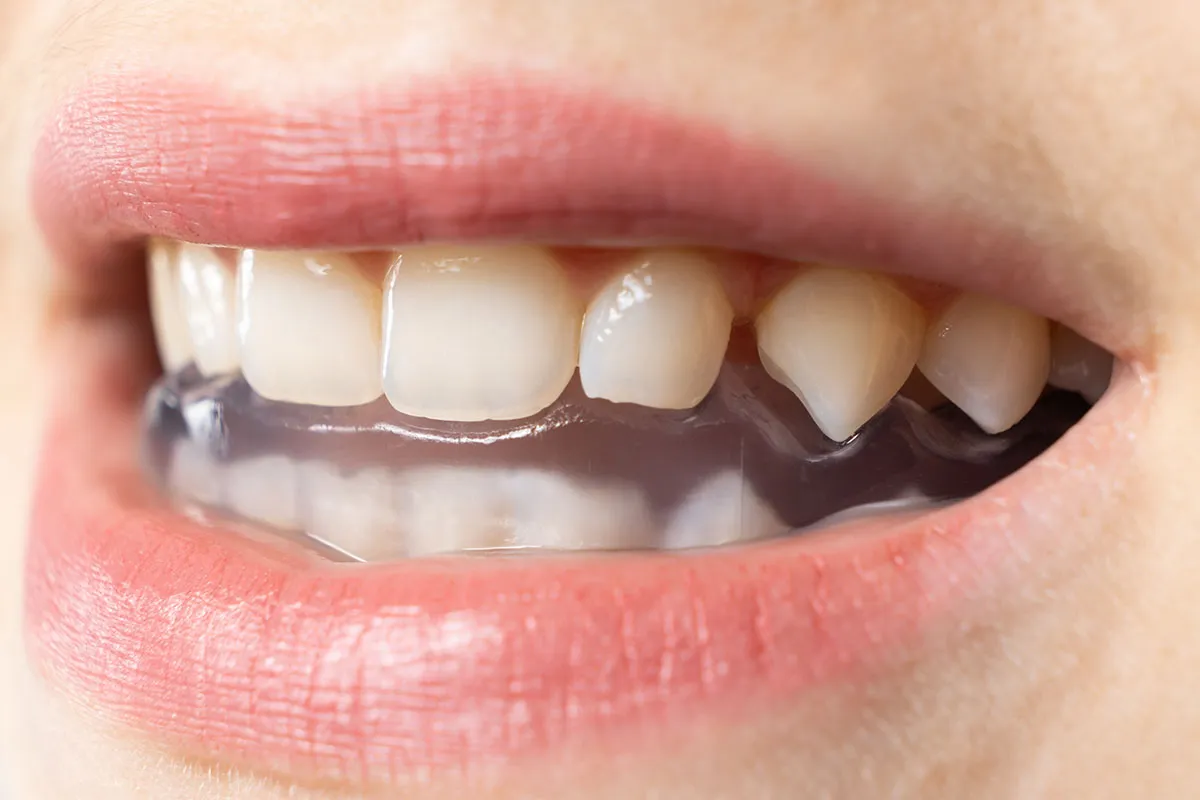You’ve probably heard a lot about botulinum toxin, especially when it comes to smoothing out wrinkles. But did you know this same treatment can also help manage pain? In fact, botulinum toxin is becoming a go-to solution for patients dealing with chronic pain. If you’re a practitioner looking to expand your facial aesthetics practice, understanding how botulinum toxin works for pain management could open new doors for you and provide more options for your patients.
Understanding Botulinum Toxin
So, what exactly is botulinum toxin? It’s a substance derived from a bacterium, and while it might sound a bit intimidating, it’s been safely used in medicine for years. Originally, doctors used it to treat medical conditions like muscle spasms along with eye twitching. Over time, it found its way into the world of aesthetics, becoming a popular choice for reducing fine lines and wrinkles. But its ability to do more than just improve appearance is what we’re diving into today.
Mechanism of Action
At the core of botulinum toxin’s power is its ability to block nerve signals. When injected into muscles, it prevents those muscles from contracting too much, which can lead to pain relief. For patients, this means less discomfort and fewer spasms. For you, as a practitioner, it means offering a treatment that’s both effective and long-lasting. By reducing muscle tension and inflammation, botulinum toxin provides a targeted approach to pain management, making it a valuable tool in your practice.
Types of Pain Treated with Botulinum Toxin
Botulinum toxin isn’t just for cosmetic fixes; it’s a proven treatment for several types of pain, including:
- Chronic Migraines and Headaches: Patients suffering from frequent migraines often find relief with botulinum toxin, reducing the number and severity of their headaches.
- Temporomandibular Joint Disorders (TMD): This condition, which causes jaw pain and discomfort, can be effectively managed with targeted injections.
- Myofascial Pain Syndrome: For patients with muscle pain, especially in the face and neck, botulinum toxin offers relief by relaxing tight muscles.
- Cervical Dystonia: This painful condition, which involves involuntary muscle contractions in the neck, is another area where botulinum toxin shines.
Benefits of Botulinum Toxin for Pain Management
Incorporating botulinum toxin into your practice offers several benefits:
- Non-Invasive Option: Patients appreciate treatments that don’t involve surgery or long recovery times.
- Long-Lasting Effects: With results that can last for several months, patients often experience extended periods of relief.
- Fewer Medications Needed: By using botulinum toxin, you can help reduce your patients’ reliance on systemic pain medications, which often come with unwanted side effects.
- Expanded Services: Offering botulinum toxin for pain management allows you to broaden your service offerings, making your practice a one-stop shop for both aesthetic and therapeutic needs.
Treatment Procedure
What does a botulinum toxin treatment session look like? It starts with a thorough consultation where you assess the patient’s needs and medical history. During the treatment, precise injections are key. Understanding facial anatomy is crucial here—where you inject makes all the difference in achieving the desired results. After treatment, patients can expect to see improvements over the following days, with minimal downtime required.
Conclusion
Botulinum toxin is more than just a cosmetic treatment; it’s a powerful tool for pain management. As a practitioner, incorporating these treatments into your practice not only benefits your patients but also enhances your services. If you’re interested in learning more about how to integrate botulinum toxin for pain management, PTIFAT is here to help. Our courses and resources are designed to support you every step of the way, whether you’re new to botulinum toxin or looking to refine your skills.
Ready to take the next step? Schedule a consultation with PTIFAT today, and discover how you can start offering these life-changing treatments in your practice. And don’t forget to check out our upcoming courses designed to give you the hands-on experience you need to succeed.







